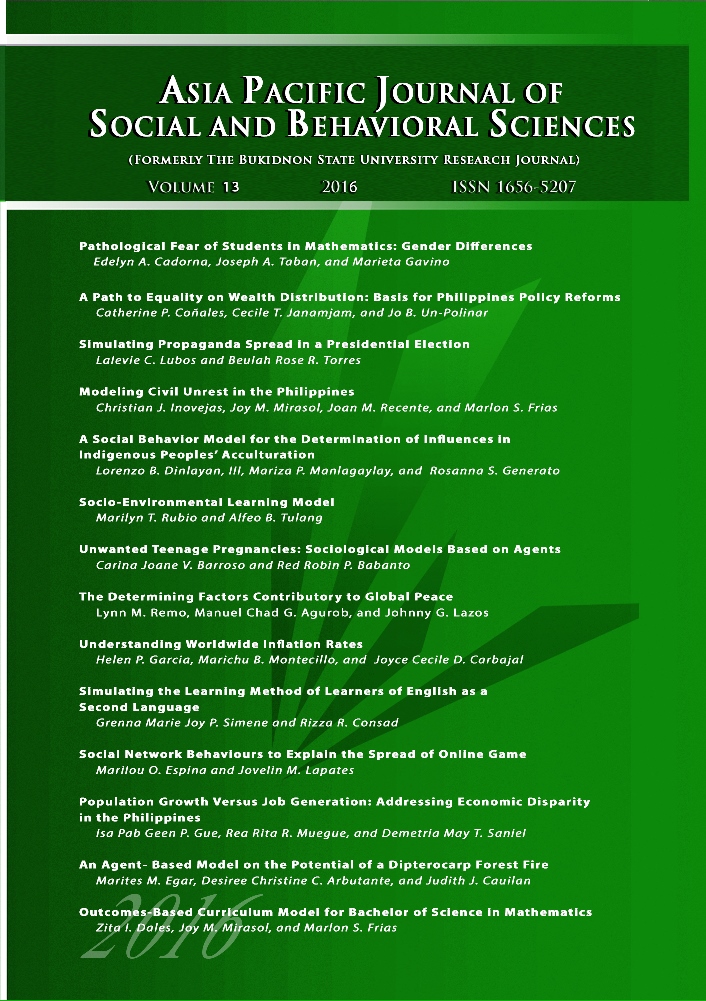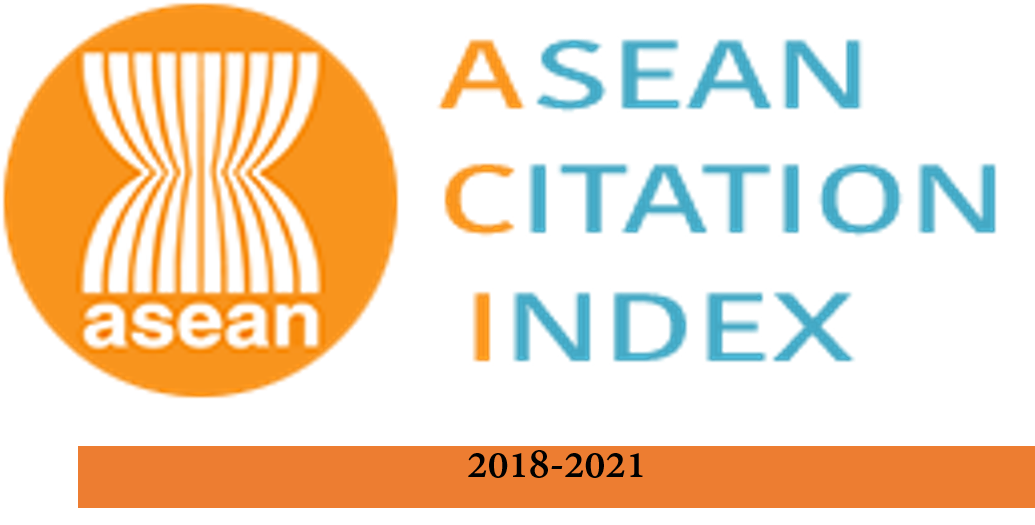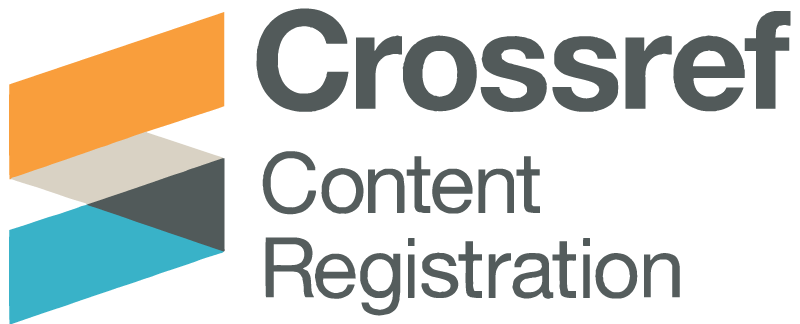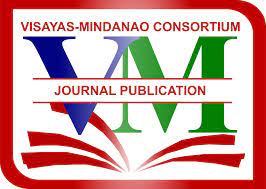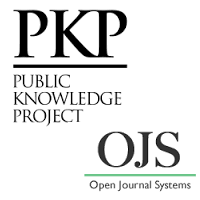Population Growth versus Job Generation: Addressing Economic Disparity in the Philippines
Abstract
Economic disparity, inequality, and poverty have been central when examining the challenges of employment generation, better quality of employment, and decent way of life. This study explores the possible dynamics from an economic perspective resulting from the job-seeking behaviour of the graduates and job generation. Changes in the characteristics of the work location areas shows a variation in the number of areas each job seeker looks at when choosing a place that optimizes the jobseeker's utility and the options of employment created in the country. The research paper utilized the NetLogo, a multi- agent programming language and modeling environment for simulating complex natural and social phenomena. Specifically, the Economic Disparity NetLogo Model simulates the Philippine context using the socio-economic status of the agents to determine how their preferences for choosing a location to live impacts on employment conditions. In the study, the work location area is affected by variations in the two factors, Factor A being the number of location each job seeker looks at when choosing a place that optimizes the jobseeker's utility, and Factor B being the number of places of employment created in the country. Four scenarios are simulated by the model when the two factors are set at low or high levels to determine the time for a job location to become saturated. The variation of the factors created four scenarios. Scenarios B and D with large job seeker population and more places of employment created took 28 years to reach job saturation point. Scenarios A and C with a small jobseeker population and few places of employment created took 11 years. In all scenarios, the saturation point reached 14 ticks.
Keywords:
NetLogo, Job Creation, Job Generation, Economic Disparity, Inequality
References
Asian Development Bank. (2009). Poverty in the Philippines: Causes, constraints, and opportunities. Mandaluyong City, Philippines: Asian Development Bank.
Asian Development Bank. (2014). Republic of the Philippines National Urban Assessment .Mandaluyong City, Philippines: Asian Development Bank.
Escandor, J. Jr. (2015). What Bicol needs in 2015: Quality employment. BICOLMAIL, January 6, 2015, from http://www.bocolmail.net
Felsen, M., & Wilensky, U. (2007). NetLogo Urban Suite - Economic Disparity model. Center for Connected Learning and Computer-Based Modeling. Evanston, IL.: Northwestern University. Retrieved from http://ccl.northwestern.edu/netlogo/models/UrbanSuite-EconomicDisparity
Asian Development Bank. (2014). Republic of the Philippines National Urban Assessment .Mandaluyong City, Philippines: Asian Development Bank.
Escandor, J. Jr. (2015). What Bicol needs in 2015: Quality employment. BICOLMAIL, January 6, 2015, from http://www.bocolmail.net
Felsen, M., & Wilensky, U. (2007). NetLogo Urban Suite - Economic Disparity model. Center for Connected Learning and Computer-Based Modeling. Evanston, IL.: Northwestern University. Retrieved from http://ccl.northwestern.edu/netlogo/models/UrbanSuite-EconomicDisparity

